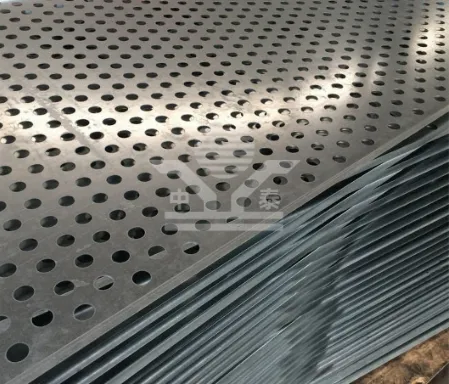Temporary Fencing on Construction Sites Importance, Types, and Best Practices
In the fast-paced world of construction, safety and security are paramount. One of the most effective ways to enhance these aspects is through the installation of temporary fencing around construction sites. This essential feature not only protects the site itself but also ensures the safety of the workers and the general public.
Importance of Temporary Fencing
Temporary fencing serves multiple purposes on a construction site. First and foremost, it acts as a physical barrier that delineates the construction area from public spaces. This is crucial for preventing unauthorized access, deterring theft, and protecting valuable equipment and materials. Moreover, it minimizes the risk of accidents by keeping bystanders out of potentially dangerous zones.
Another critical aspect of temporary fencing is its role in maintaining compliance with local laws and regulations. Most municipalities require construction sites to be properly fenced to ensure public safety. By adhering to these regulations, contractors can avoid legal liabilities and fines that may arise due to non-compliance.
Types of Temporary Fencing
There are various types of temporary fencing available, each designed to meet specific needs and circumstances. The most common types include
1. Chain Link Fencing Known for its durability and visibility, chain link fencing is a popular choice for larger construction sites. It offers a high degree of security while allowing clear sightlines, which can be beneficial for monitoring activities within the site.
2. Construction Site Pedestrian Fencing This type of fencing is often used in urban areas where pedestrian traffic is high. It typically consists of mesh panels that prevent pedestrians from entering the site while allowing them to see through. This transparency can help in improving the aesthetics of the site and maintaining community relations.
3. Solid Panel Fencing For construction projects in sensitive areas where aesthetics are a concern, solid panel fencing can be an excellent option. This type of fencing not only provides security but also helps to block noise and dust coming from the construction activities, keeping the surrounding area more peaceful.
construction site temporary fence

4. Barricades For shorter-term projects or events, portable barricades may be used. These are easy to set up and dismantle, making them ideal for temporary situations.
Best Practices for Installing Temporary Fencing
To maximize the effectiveness of temporary fencing, contractors should adhere to several best practices
1. Site Assessment Before installation, a thorough assessment of the construction site is essential. This includes identifying entry and exit points, high-risk areas, and the flow of pedestrian traffic.
2. Secure Installation Fencing should be installed securely with proper anchoring to withstand weather conditions and prevent unauthorized access. Regular checks should be made to ensure that the fencing remains in good condition throughout the project.
3. Clear Signage To enhance safety and awareness, clear signage should be placed on the fencing. These signs can indicate restricted areas, safety instructions, and contact information for site supervisors.
4. Regular Maintenance Throughout the duration of the construction project, the temporary fence should be maintained regularly. This includes checking for any damage, replacing lost or broken panels, and adjusting positioning as necessary.
Conclusion
Temporary fencing is a critical element of any construction site, providing safety, security, and compliance with regulations. With various types available, it is essential for contractors to choose the most appropriate fencing solution for their specific needs. By following best practices for installation and maintenance, construction managers can create a safer environment for workers and the public alike, paving the way for successful project completion.
-
Turn Down the Noise: The Future of Highway Sound Barriers
NewsApr.09,2025
-
Silence the Sound: The Power of Highway Noise Barriers
NewsApr.09,2025
-
Reduce Road Noise Effectively with Highway Noise Barriers
NewsApr.09,2025
-
Noise-Free Living: How Highway Barriers Make a Difference
NewsApr.09,2025
-
Engineered for Silence: Highway Noise Barriers for Every Road
NewsApr.09,2025
-
Effective Noise Control: Highway Barriers for a Quieter Tomorrow
NewsApr.09,2025
Subscribe now!
Stay up to date with the latest on Fry Steeland industry news.

